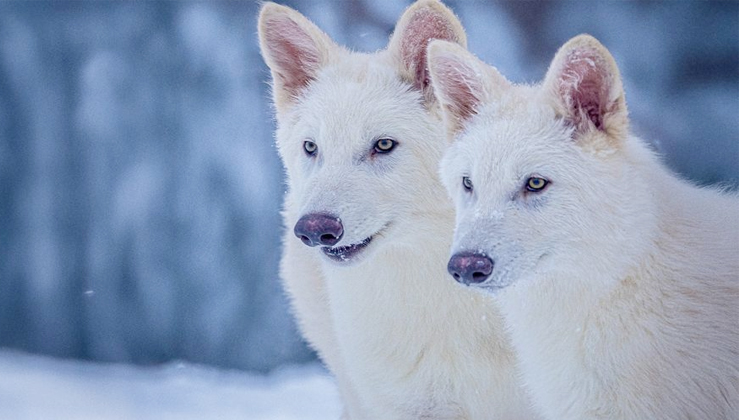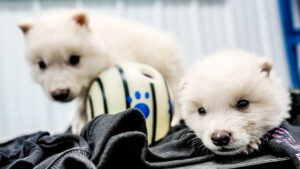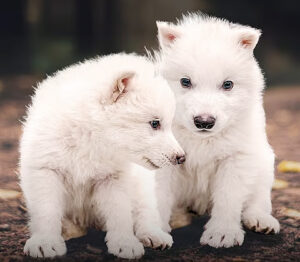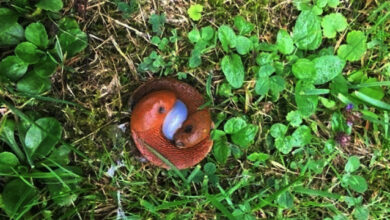
Colossal Biosciences has unveiled the world’s first successful de-extinction, announcing the birth of three dire wolf pups—genetically engineered from ancient DNA and modern gray wolves.
Dire Wolves Return from Extinction: A Groundbreaking Genetic Milestone by Colossal Biosciences
Once thought lost to the annals of the Ice Age, dire wolves—fearsome predators made famous by HBO’s Game of Thrones—have reemerged, thanks to a revolutionary achievement in genetic science. Colossal Biosciences, a company pioneering de-extinction and biotech-based conservation, has announced the successful creation of three dire wolf pups, hailing the event as the first successful de-extinction in history. The pups, named Romulus, Remus, and Khaleesi, were born using genetically engineered cells that trace their ancestry back over 12,000 years.

By using fragments of DNA extracted from fossilized dire wolf remains, the Colossal team painstakingly reconstructed the dire wolf genome. They then applied CRISPR gene-editing technology to modify the DNA of modern gray wolves (their closest living relatives), creating embryos that closely resemble their prehistoric ancestors.
The process involved extracting viable genetic material from a 13,000-year-old tooth and a 72,000-year-old skull, identifying 20 unique genetic differences across 14 critical genes that contributed to the dire wolf’s size, fur coloration, and distinctive howl. These edits were inserted into gray wolf somatic cells, which were then used to create cloned embryos.

After maturing in lab conditions, 45 embryos were implanted into surrogate domestic dogs. Two resulted in successful births: Romulus and Remus, born on October 1, 2024, followed by Khaleesi three months later.
The cloned pups display traits consistent with dire wolves, including larger body mass, thick white fur, and enhanced jaw and tooth structure, echoing the fierce visage of their Ice Age predecessors. Unlike previous cloning attempts—such as the short-lived resurrection of the Pyrenean ibex in 2003, which survived only minutes after birth—Colossal’s dire wolves are thriving, marking what scientists are calling the first viable case of de-extinction.Colossal CEO Ben Lamm described the achievement as bordering on magical: “Our team took DNA from two ancient fossils and turned them into living, breathing dire wolf puppies.It’s a testament to how far science and technology have come.”

The breakthrough mirrors techniques used in cloning Dolly the sheep in 1996 but builds upon them with advanced gene editing and a more complex interspecies surrogate process. Unlike Dolly, which involved a straightforward nuclear transfer from one sheep to another, Colossal’s team had to approximate dire wolf DNA using a mix of ancient and modern genomes.
The company has released video footage of Romulus and Remus learning to walk and howl, giving the world a glimpse at a creature once thought to have vanished forever.
The pups were born to domestic dogs, a subspecies of gray wolves, highlighting how far biotechnology can go in resurrecting extinct species. This announcement follows other projects by Colossal, including the successful cloning of the critically endangered red wolf and progress in creating “woolly mice”, early prototypes for their ambitious effort to bring back the woolly mammoth by 2028. While ethical and ecological questions remain, this moment marks a new era in genetic conservation and de-extinction—blurring the lines between science fiction and reality.





